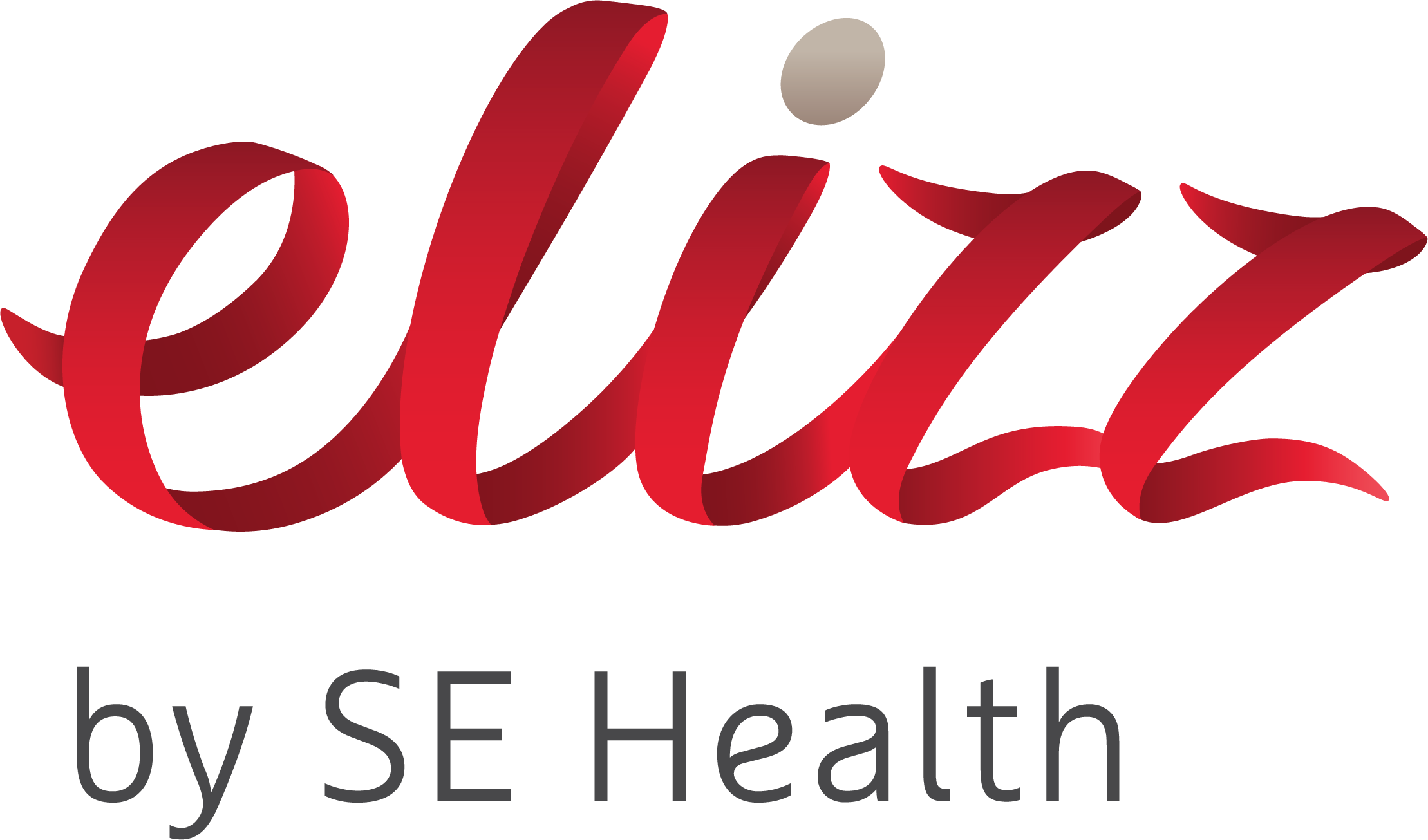Family Caregivers: do this one thing to reduce your stress

If you are at the office, you can deke into the washroom and do them in your ‘stall’. If you are at home and your kids or partner are spiking your stress levels, you can leave the room for a couple of minutes and do a breathing exercise. Driving? You can look forward to the next red light. How about the stress of taking your mom or dad to a medical appointment and the waiting room is full and they are seriously behind schedule? You get the drift. Breathing exercises, sometimes referred to as conscious breathing, are the perfect portable stress antidote.
What is it about deep breathing exercises that makes them effective?
There is evidence that deep breathing exercises effectively reduce a person’s anxiety and stress levels. In other words, these exercises can help you chill. Dr. Weil, the developer of the 4-7-8 breathing technique, has even described it as a “natural tranquilizer for the nervous system.”
Virtually every relaxation, calming and meditation practice involves conscious breathing. It’s history dates back to yoga, and like mindfulness meditation, is now supported by science.
In my experience, many people are skeptical about the benefits of doing a simple conscious breathing exercise. We take breathing for granted, and for that reason, it can become easy to ignore. And when we are stressed, we can overcomplicate things in our mind and reject simple solutions like paying attention to our breath.
I encourage you to do your research, using yourself as the research subject! Commit to doing this exercise, for example, for 2 weeks and see if it has made any difference in terms of how you feel, both in your body and in your mind.
The 4-7-8 Breath (also known as the Relaxing Breath)
- Sit (or lie down) with your back straight.
- Place the tip of your tongue just behind your upper front teeth and keep in there for the whole exercise.
- Exhale completely through your mouth, making a whoosh sound.
- Close your mouth and inhale through your nose, to a mental count of 4.
- Hold your breath for a count of 7.
- With one breath, exhale completely through your mouth, making a whoosh sound to a count of 8. This may be easier if you purse your lips while exhaling.
- Inhale through your nose again and repeat the cycle three more times for a total of four breaths.
Note that the amount of time you spend on each breath is not important. The ratio of 4:7:8 is important. When you first do this exercise, you may feel a little lightheaded. If this happens, either stop using this technique or modify the lengths of your breaths, keeping the ratio of 4:7:8.
How often should I do this exercise?
Dr.Weil suggests using it at least twice a day for it to become a useful tool and increase its potency. In addition, this exercise is recommended whenever you are upset, you feel tense, stressed or anxious, want to reduce food cravings or fall asleep. That covers quite a lot of emotional territory!
We would love to hear about your experiences with this 4-7-8 breathing technique.










I have just started using the breathing technique so I will see if I feel any changes in a few days.
My stress level has been high lately.
Thank you,
Susanne
I have been using the 4-7-8 breathing technique for several years. I have A-Fib and when I have an episode I use this breathing technique along with ice packs on the back of my neck, armpits, and wrists. This gets me back in normal rhythm usually within an hour. It calms me down and helps slow my heart rate.
Thank you,
Dr. Weil.
Cool